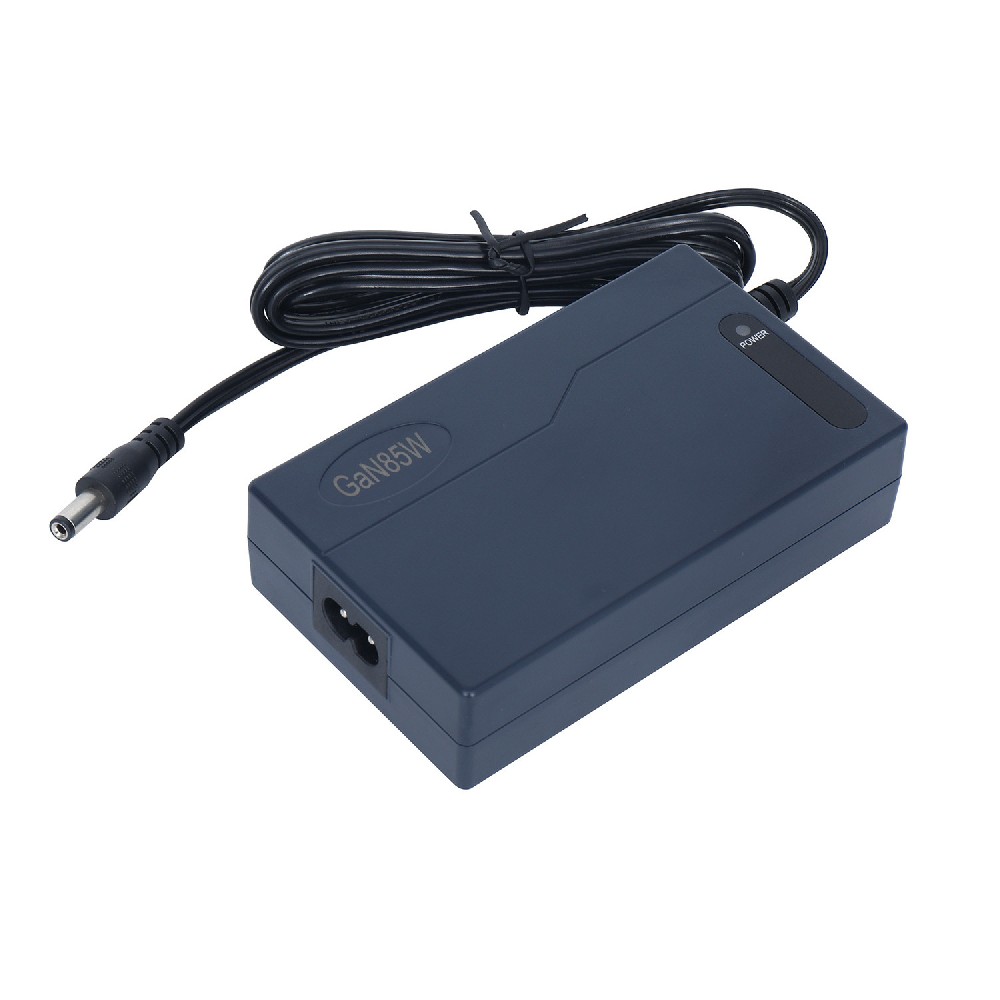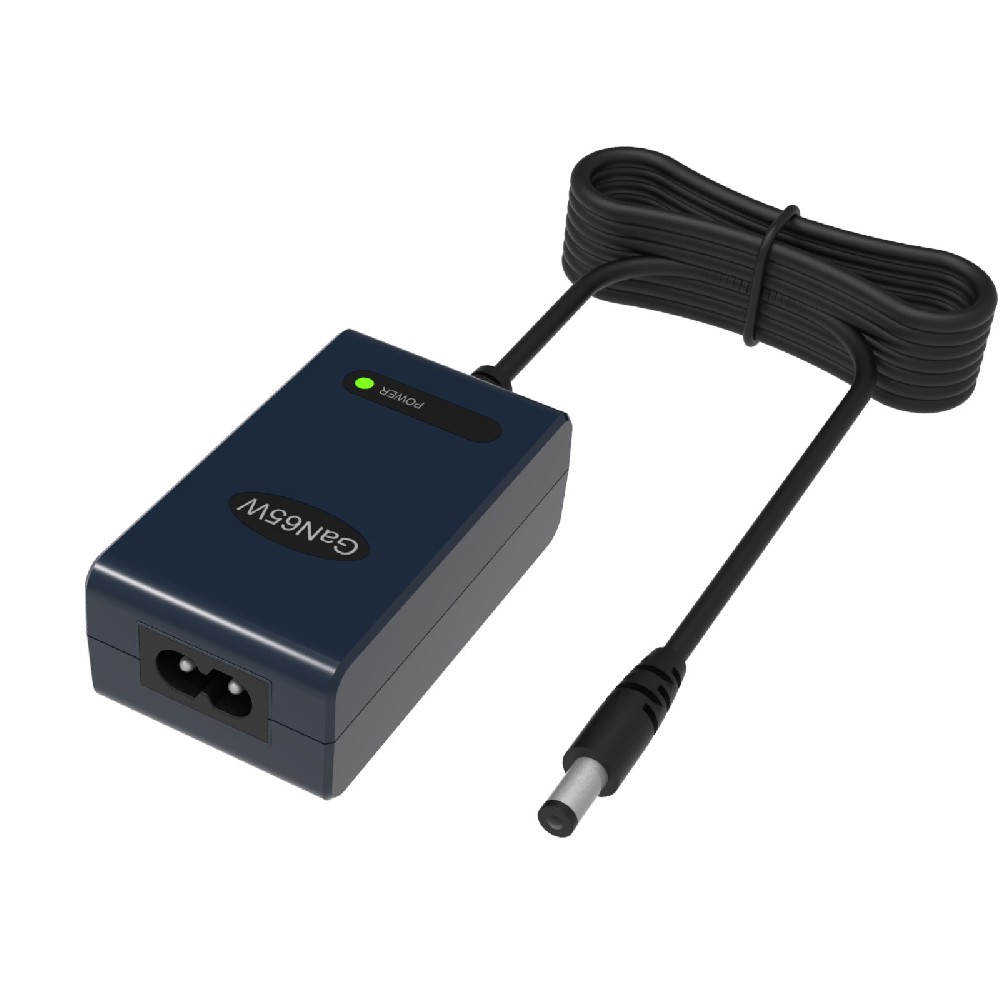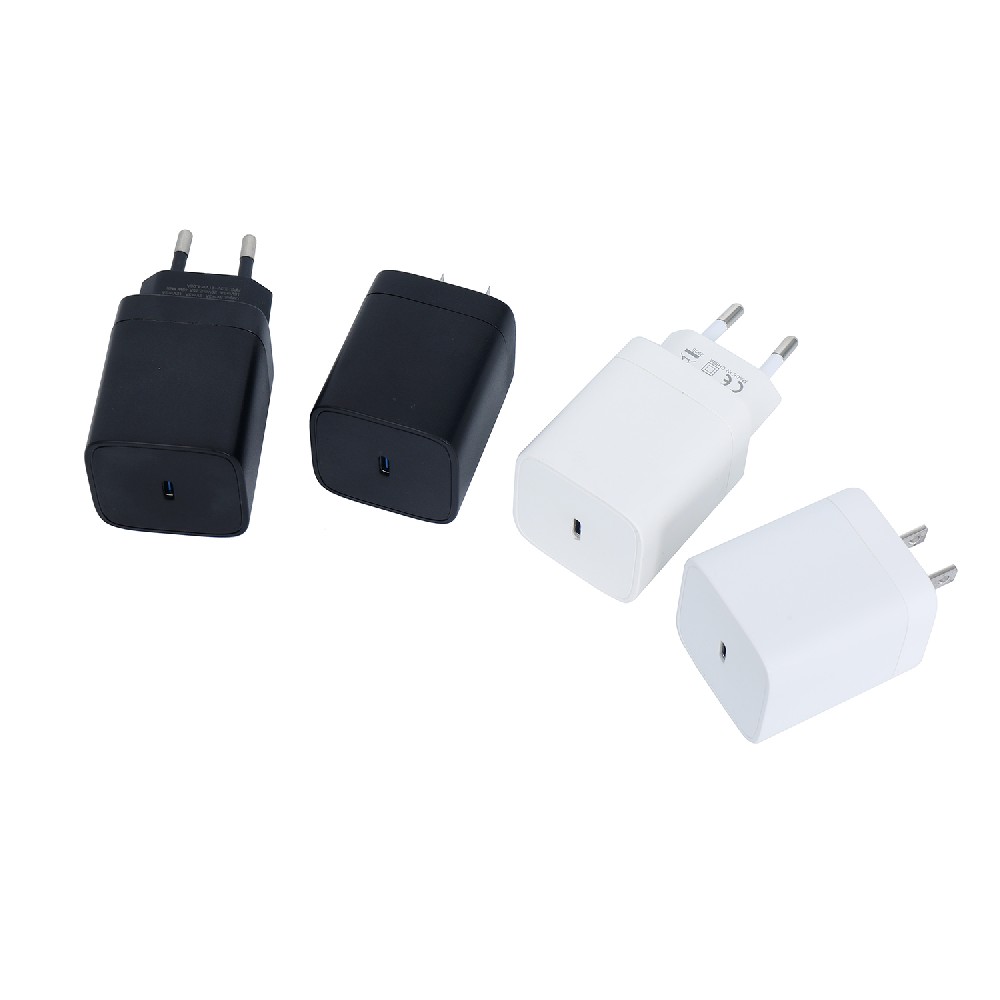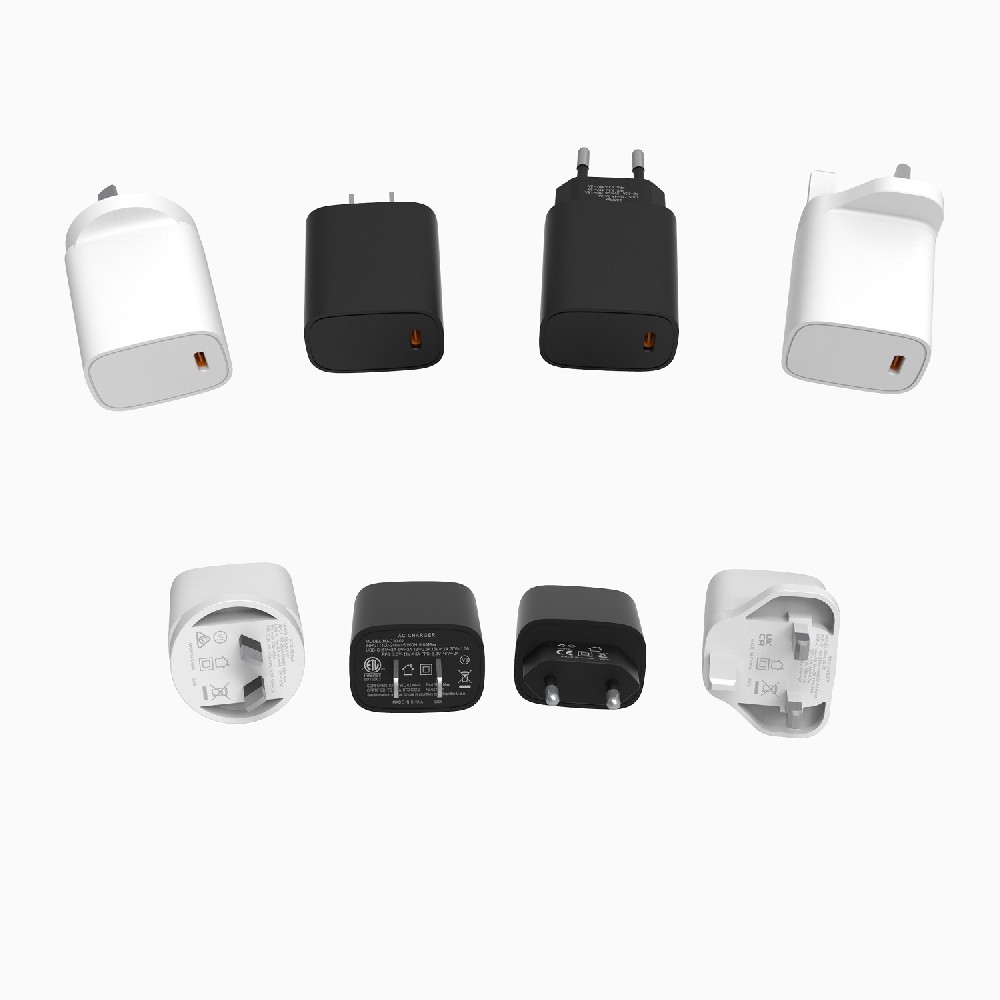Power Up Your Devices Safely: Exploring the Types and Applications of Battery Charger Circuits
Published:2023-07-11 00:33:30 Author:Green WCND Views:40A battery charger circuit is an essential component in modern electronic devices. As the world becomes more dependent on mobile and wireless technology, the need for efficient and reliable charging systems becomes increasingly crucial. This article will discuss the various types of battery charger circuits and their applications.

A battery charger circuit can be classified into two main categories: linear chargers and switching chargers. Linear chargers operate by regulating the current and voltage output to charge the battery while maintaining a consistent power supply. They are typically less efficient and generate more heat than switching chargers, but they are simpler and less expensive to design.

Switching chargers, on the other hand, are more complex and expensive but offer superior efficiency. They operate by transforming the input voltage into a high-frequency AC signal, which is then rectified and used to charge the battery. This method of charging allows for a more compact and lightweight design, making it ideal for portable devices like smartphones and tablets.
A battery charger circuit can also be designed to support different battery chemistries, including nickel-cadmium (Ni-Cd), nickel-metal-hydride (Ni-MH), and lithium-ion (Li-ion). Ni-Cd and Ni-MH batteries require a charging rate of 0.1C to 1C, while Li-ion batteries must be charged at a slower rate to prevent damage and reduce the risk of explosion.
The charging time for a battery also depends on its capacity and charging rate. For example, a 2000mAh battery charged at a rate of 1C will take approximately one hour to charge fully. However, charging rates higher than 1C can quickly drain the battery and lead to overheating and reduced battery life.
To prevent overcharging and protect the battery from damage, most battery charger circuits incorporate safety features such as voltage and temperature monitoring, voltage regulation, and current limiting. These safety features ensure that the battery is charged safely and effectively, extending its life and reducing the risk of failure.
In conclusion, battery charger circuits are crucial components in modern electronic devices, enabling efficient and reliable charging of rechargeable batteries. There are various types of battery charger circuits, each with its advantages and disadvantages, and they are designed to support different battery chemistries and charging rates. Safety features are also critical in ensuring that the battery is charged safely and effectively, protecting it from damage and extending its life.
For golf course managers, ensuring smooth and efficient operations is crucial for providing a memorable experience for golfers and maintaining the reputation of···
A battery tester ensures golf course cart batteries operate efficiently and reduces downtime through the following ways:I. Precise Battery Condition DiagnosisOp···
Battery testers significantly enhance the work efficiency of automotive maintenance technicians through several key ways:I. Rapid Diagnosis of Battery IssuesBat···
Battery testers play a crucial role in automotive battery production lines, significantly enhancing efficiency through highly automated testing processes and mu···





